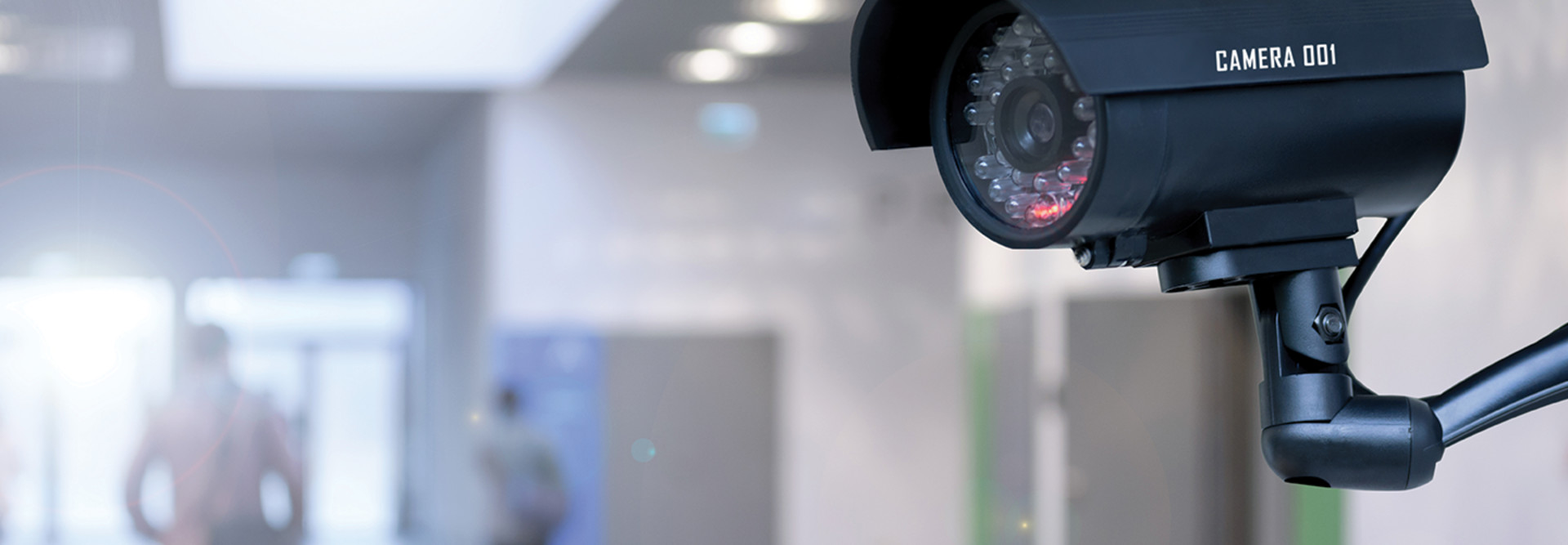Has the Network Been Updated?
The network plays a key role in the performance and reliability of IP video cameras. Networks affect issues such as video retrieval speed, video clarity, network resiliency and lapses in footage. Consider connecting cameras via fiber optic cabling instead of copper — a switch that reduces network-related issues by as much as 90 percent, research indicates.
Who Should Have Access to the Cameras and Their Data?
Many school districts grant the entire IT department access to all systems. That might be fine for printers and computers, but K–12 administrators should rethink this with IP video systems. The information collected through the cameras may be highly sensitive. Restrict access to only those who are responsible for ongoing operations.
How Much Storage Is Needed, and Where Should It Be Kept?
When integrating IP video into a district security strategy, it helps to gauge how much data will be collected, where it will be stored and for how long. Also, higher quality video means larger files to store. Depending on the volume of your storage needs, consider leveraging cloud storage.
MORE FROM EDTECH: Technology is integral to district comprehensive safety needs. Here's why.
What Are the Best Ways to Secure the Cameras?
Traditional networks require manual provisioning for each switch if a newly secured partition (virtual LAN) needs to be added to the network to secure an IP video camera. Misconfigurations can happen, causing poor performance or even outages that result in footage loss. Legacy networks were not designed for the rigors of IP video. Administrators should consider software-defined networking to implement segmentation, which centralizes control in software and facilitates making changes on the fly. Secured network settings create an extra layer of protection.
How Can You Incorporate Analog Cameras?
Many K–12 districts have older, analog cameras that still work. These cameras can be integrated into the network video system using video servers. The analog stream can be connected to the video server, which digitizes, compresses and transmits the information over the data network. However, if image quality is important, don’t do this. Analog systems do not have the resolution of today’s IP systems.
What Are Tips for Choosing the Right Video Management System?
Video management systems are the brains of the deployment. At a minimum, a VMS should have these features:
- Motion-activated recording
- Alarm management
- Frame rate control
- Multiple-camera monitoring
- Camera recording
- Camera management
Also, decide whether to use an open or closed system. Open platforms run on commodity hardware with components selected by the IT team. This has the benefit of letting IT pros work with equipment they are comfortable using. Closed systems are turnkey in nature and built for performance, but they limit the choice of hardware; often, this includes cameras and other infrastructure.
Neither approach is better, per se; it’s just a matter of choice as to whether performance or flexibility is more important. The use of IP video systems has exploded as schools look to improve their physical security posture. IP video can be difficult to provision and tune if deployment occurs with an ad hoc approach. Asking the right questions up front can improve the odds of success without introducing new risks.










